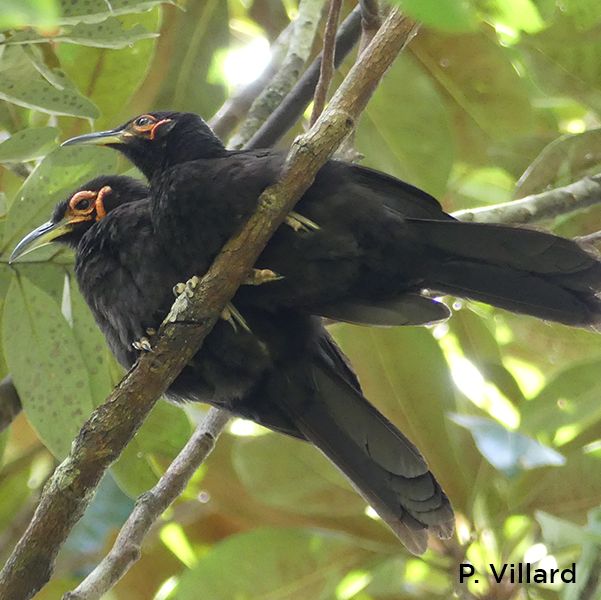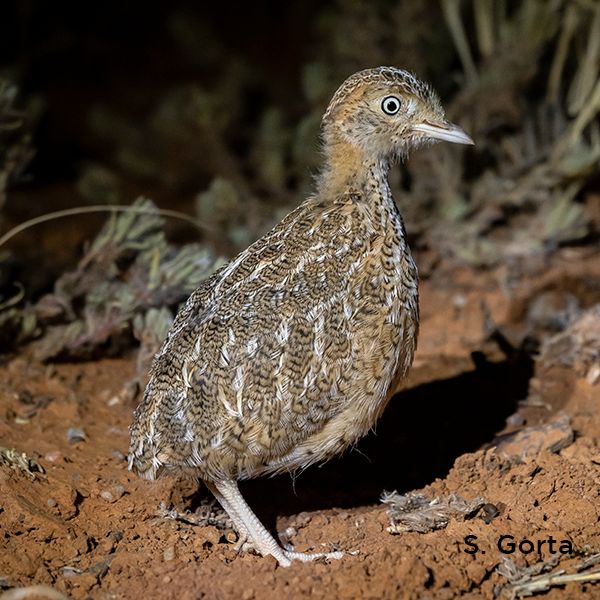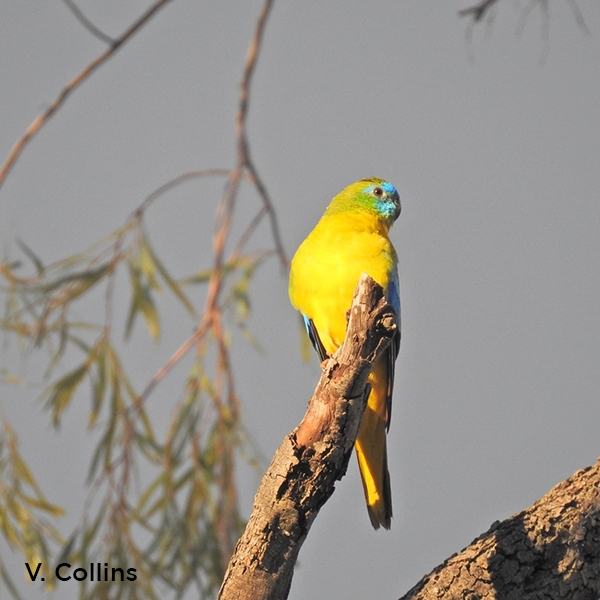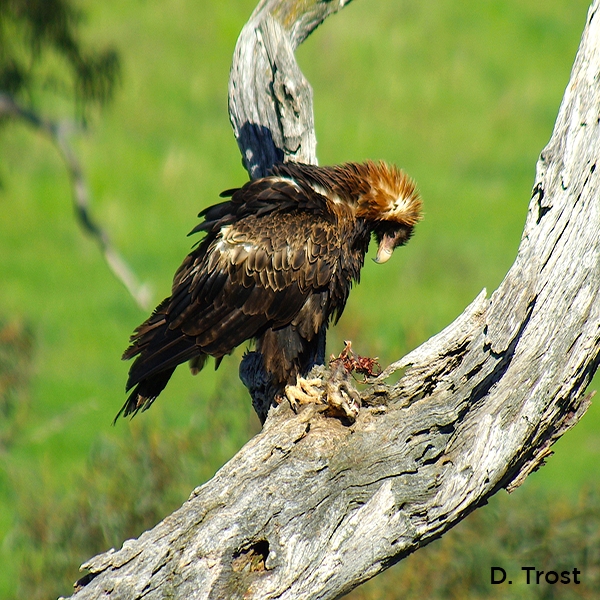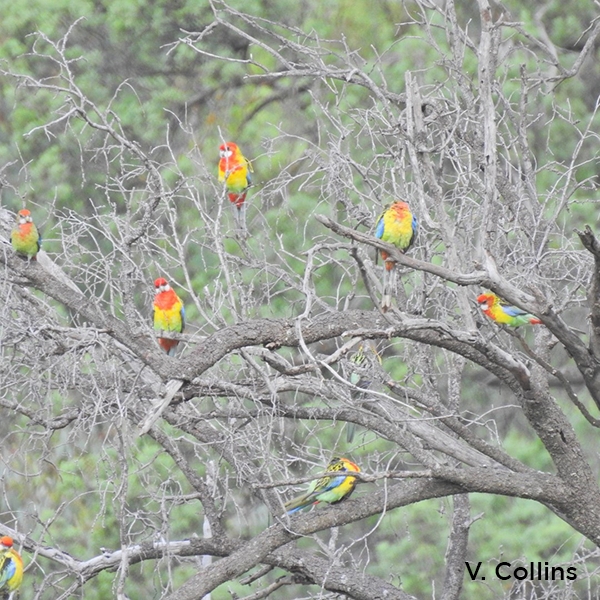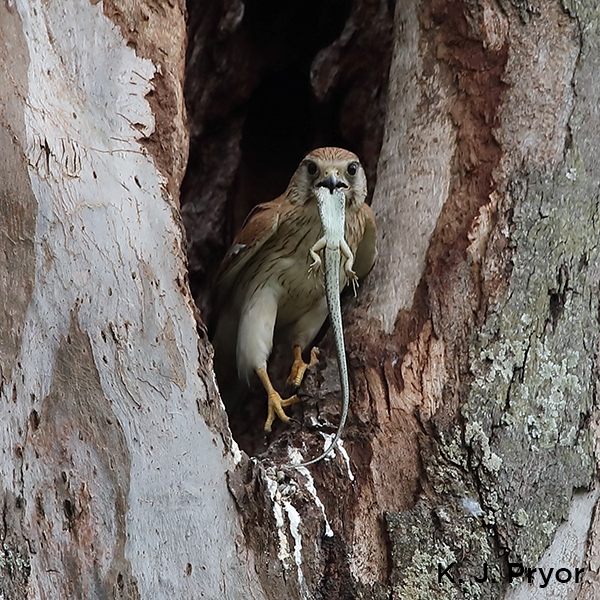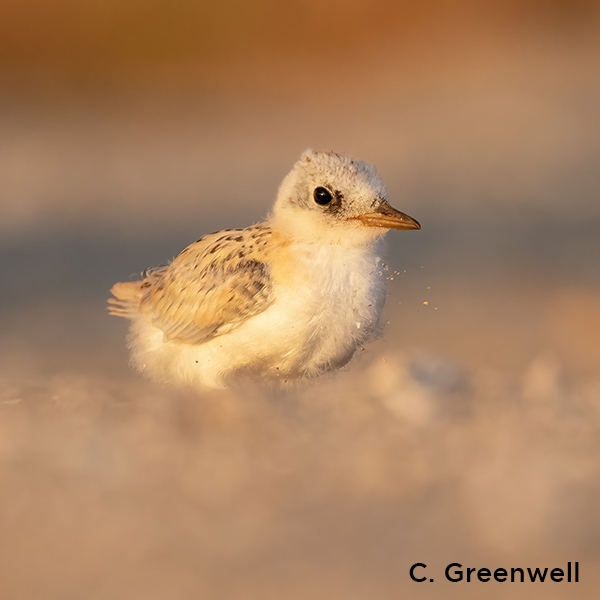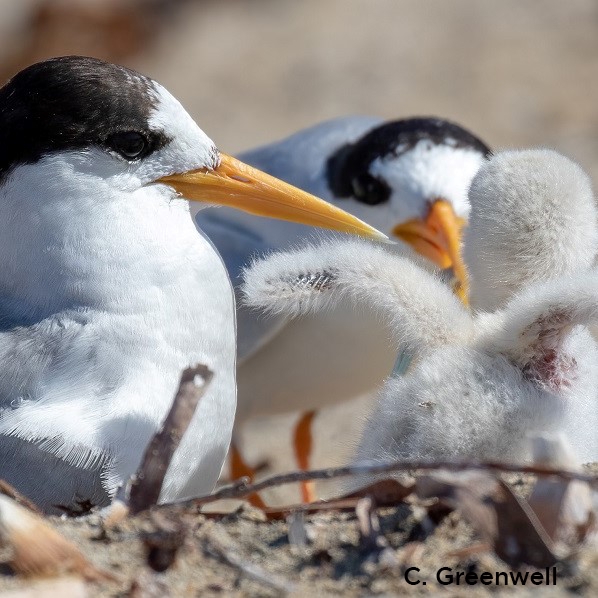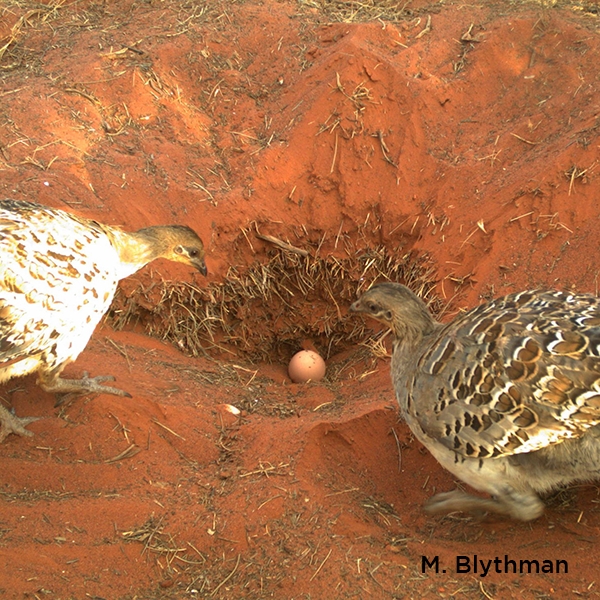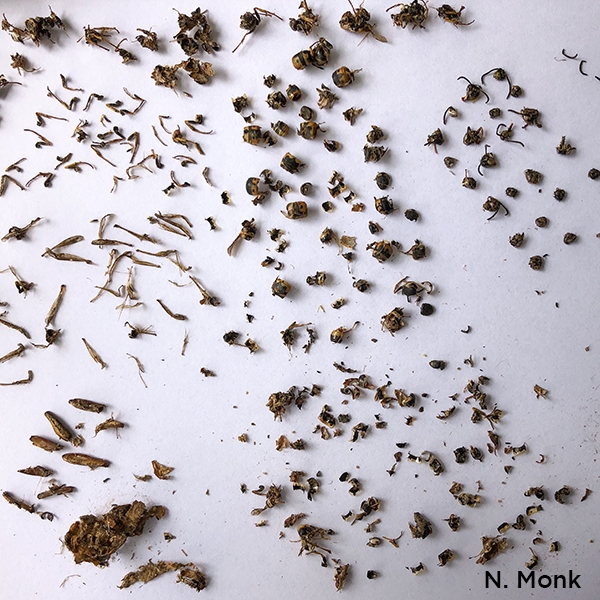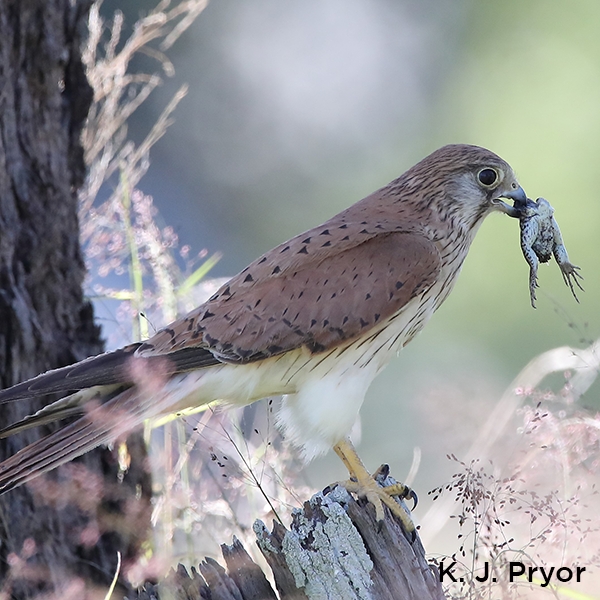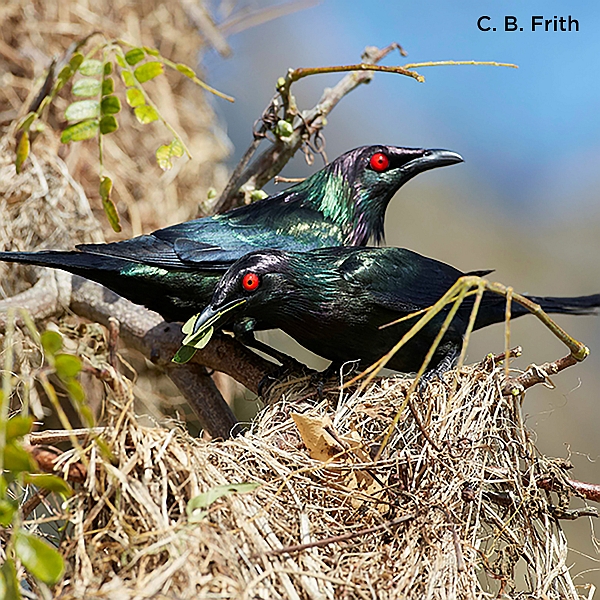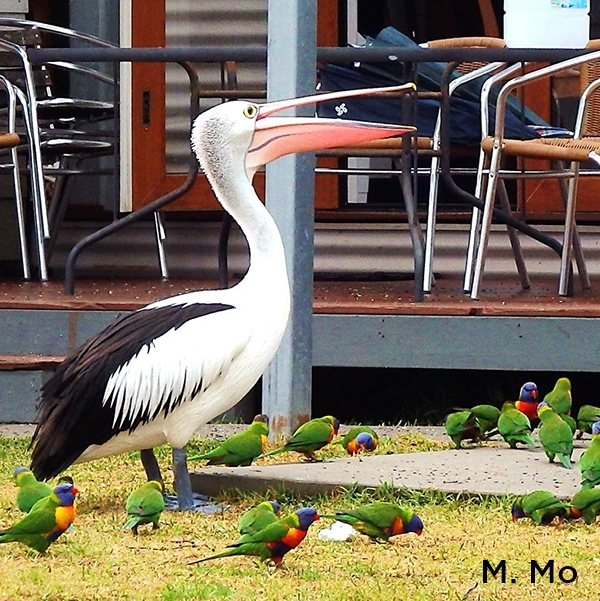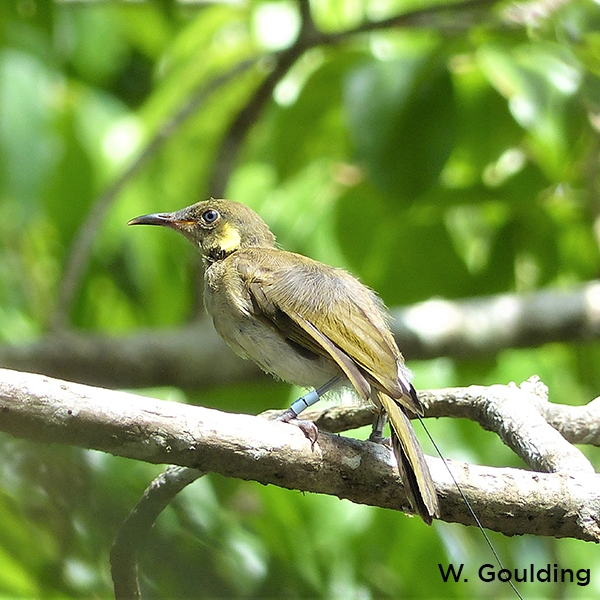Foraging patterns and hunting success of the Eastern Barn Owl Tyto javanica delicatula in temperate Australia
John G McLaughlin, Stephen Debus
Abstract
The foraging behaviour and success of the Eastern Barn Owl Tyto javanica delicatula were studied by JGM in an agricultural area of north-western Victoria in 1988–1990, by means of quantifying the owls’ nocturnal search and attack methods (n = 97 observations) and success rates (n = 55 observations) by habitat (open fields vs denser verge habitats) and season. Stationary perch-hunting formed 75%, low slow quartering 21% and sustained hovering 4% of observations. Terrestrial prey was captured by glide attacks from perches (75%) and hover-drop attacks from quartering flight (25%). Overall capture success rate of Barn Owls was 60%; glide attacks were successful on 64% of attempts, and hover-drop attacks on 40%. Overall, 65% of attacks were made in verge habitats and 35% in field habitats, although success was higher in field habitats (72%) than in verge habitats (54%). Perch-hunting comprised 85% of observations during autumn–winter and 64% during spring–summer, whereas quartering was recorded more frequently during spring–summer (32%) than during autumn– winter (11%). Verge habitats were more important during autumn–winter (87% of attacks) than spring–summer (39%). Perch-hunting was used throughout the night, but quartering and hovering were used after dusk and before dawn, more so in spring–summer than in autumn–winter.

